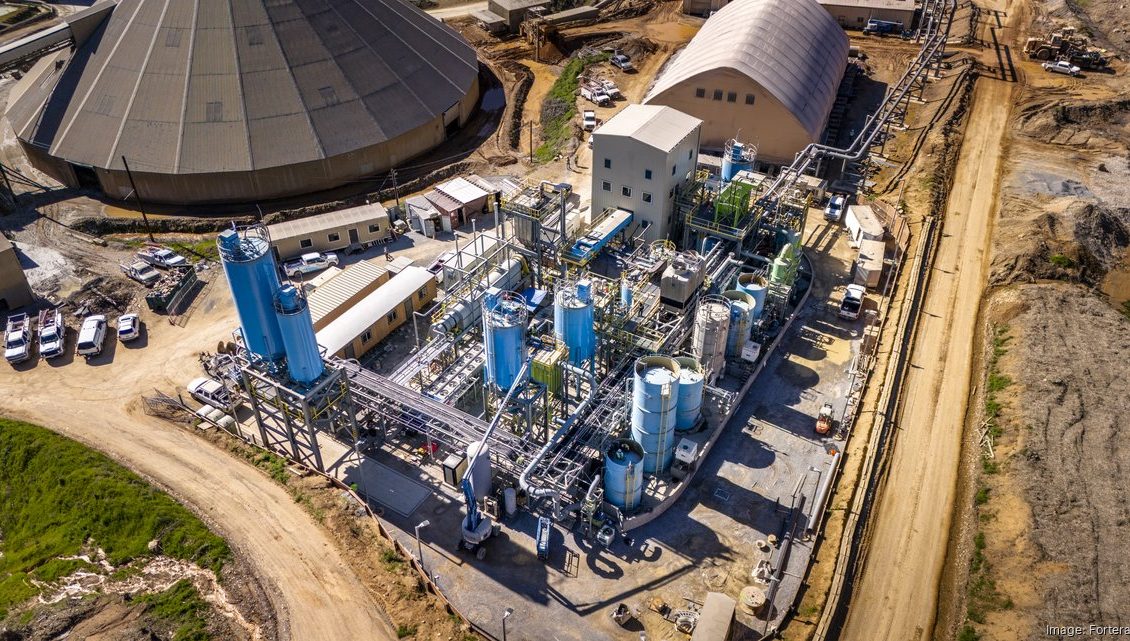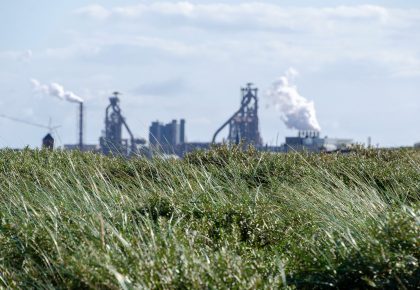
Concrete, the second most-used material after water, sees about 14 billion cubic meters used annually, with 40% for residential construction. If poured into a 10-centimeter thick slab, it could cover England and half of Wales, or the state of New York.
However, concrete production releases significant CO₂, with 90% of emissions from Portland cement, which accounts for 7%-8% of global CO₂ emissions. Portland cement, named for its resemblance to stone from the Isle of Portland, Dorset, is crucial to binding concrete ingredients. A new plant in Redding, California, will produce 15,000 tonnes of low-carbon cement annually, potentially reducing cement carbon emissions by 70% on a tonne-for-tonne basis, according to materials technology company Fortera.
Concrete, used for over 2,000 years, is integral to modern infrastructure. The EU uses over two tonnes of concrete per person annually, equating to 325 kg of cement, comparable to the amount of food consumed by an average European in five months. Cement production is energy-intensive and challenging to decarbonize, releasing 0.6-0.9 tonnes of CO₂ per tonne of cement due to the breakdown of limestone in kilns, often fueled by coal.
Strategies to reduce concrete’s carbon footprint include using fly ash and slag, by-products of coal power and steel production, respectively, to replace Portland cement partially. However, as industries decarbonize, these sources will dwindle. Carbon capture and storage (CCS) technology is crucial, with projects like Heidelberg Materials in Norway aiming to capture 400,000 tonnes of CO₂ annually from cement production.
The EU’s emissions trading system has yet to significantly reduce cement sector emissions, partly due to free allowances. Despite healthy profits, investment in cleaner technologies has been insufficient. Greater financial incentives and retrofitting existing plants for CCS could drive widespread adoption of low-carbon cement.
Governments, such as Ireland, are moving towards mandating low-carbon cement in public projects, as seen in Ireland’s Climate Action Plan 2024. Defining “low-carbon” and retrofitting existing plants are key steps towards making low-carbon cement the industry standard. With proper incentives, almost all global cement production could transition to low-carbon methods, significantly reducing the industry’s environmental impact.
*this news and image has been sourced from Jamies Goggins analysis on nwcement.org. Source link here: Green cement production is scaling up – and it could cut the carbon footprint of construction – Northwest Cement Council (nwcement.org)
Do You Want to Explore the Future of Sustainable Building? Join Our Key Industry Events.
Find out more about the future of building sustainably. Discover the latest in cement industry innovations, best practices, and decarbonization efforts at our upcoming events – join us to shape a greener world!
Dive into our calendar of events, featuring CarbonZero Global Conference and Exhibition 2024 in Madrid, Spain; Women in Cement and Construction International Congress and Sustainability and ESG International Summit 2024 in Madeira, Portugal.
Sign up to our newsletter on industrylink.eu to receive the latest news and future events info as well as exclusive discounts.



